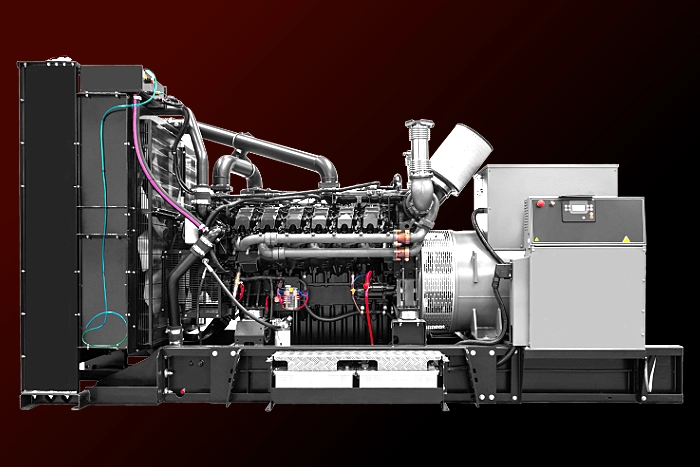Power Units
 Power units in the oil industry are self-contained equipment assemblies that generate the mechanical or hydraulic power needed to operate various oilfield machinery and processes. They serve as the primary energy source for many critical operations.
Power units in the oil industry are self-contained equipment assemblies that generate the mechanical or hydraulic power needed to operate various oilfield machinery and processes. They serve as the primary energy source for many critical operations.
Key Features of Oil Industry Power Units:
- Self-contained design: Typically includes an engine (diesel, natural gas, or electric), transmission components, and necessary controls
- Portability: Many units are mounted on skids or trailers for easy transportation between sites
- Ruggedized construction: Built to withstand harsh oilfield environments and continuous operation
- Variable power output: Can be sized from small portable units to massive multi-engine systems
Common Types of Oilfield Power Units:
-
Hydraulic Power Units (HPUs): Convert engine power to hydraulic pressure to operate equipment like blowout preventers, hydraulic fracturing equipment, and valve actuators
-
Mechanical Power Units: Directly transfer mechanical energy through belts, chains, or driveshafts to equipment like pumping jacks and compressors
-
Generator Power Units: Produce electrical power for drilling rigs, camps, and electrical equipment in remote locations
-
Natural Gas Power Units: Use wellhead gas as fuel to power equipment, reducing operational costs
Applications in the Oil Industry:
- Drilling Operations: Powering drawworks, mud pumps, and top drives
- Well Servicing: Running workover rigs, coiled tubing units, and wireline equipment
- Production Operations: Driving artificial lift systems like pump jacks and progressive cavity pumps
- Pipeline Operations: Running compressor stations and pumping facilities
- Fracturing Operations: Driving high-pressure pumps for hydraulic fracturing
- Remote Operations: Providing power in locations without access to electrical grid
Power units are essential components in the oil and gas industry, enabling operations in remote locations and providing the reliable power needed for continuous production and maintenance activities.



